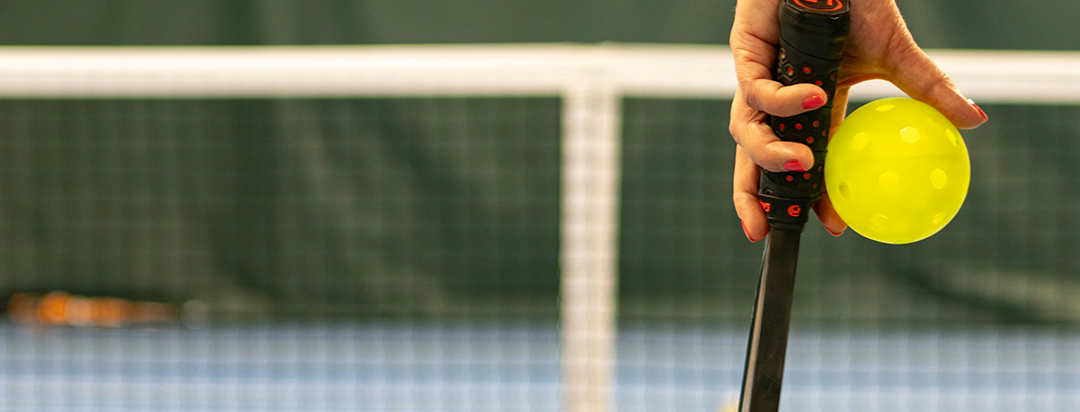

Lorem ipsum dolor sit amet, consectetur adipiscing elit ut liqua purus sit amet luctus venenatis, lectus magna.

Pickleball may move quickly, but players still have opportunities to pause play when needed. Timeouts are an important part of match management, giving players a chance to regroup, adjust strategy, or recover briefly before continuing. Whether you’re playing in a tournament or a friendly game at the park, it helps to understand exactly how timeouts work and when they can be used.
Timeouts are officially recognized and permitted in pickleball, but they are limited and regulated. The number of timeouts allowed, their duration, and the conditions for calling them are all defined by the sport’s rulebook.
Players can use timeouts for short breaks, to steady momentum, or to deal with minor issues like adjusting equipment or drying a paddle. In organized competition, the timing and procedure are closely managed by referees to keep the match moving smoothly.
Under standard rules, each team or player is allowed two timeouts per game, with each timeout lasting up to one minute. Once those two are used, no additional timeouts can be taken until the next game begins.
The rule applies equally to both singles and doubles matches. Even though pickleball games tend to be relatively short, these brief pauses can make a noticeable difference in energy and focus, especially in competitive play.
A timeout can only be called when the ball is not in play—that is, after a rally ends and before the next serve begins. Once the server has started the motion to serve, it’s too late to request one.
In tournament settings, players signal a timeout verbally or by raising their paddle. The referee then announces and tracks the duration of the break. In casual matches without an official, players typically agree on the pause before resuming play.
In addition to regular timeouts, players may also be granted medical or equipment timeouts when specific issues arise.
A medical timeout allows a player to receive treatment or recover from an injury sustained during the match. The allotted time is usually up to 15 minutes, after which the player must either resume or forfeit.
An equipment timeout covers quick repairs, such as replacing a broken paddle grip or fixing a shoelace. These are shorter—typically one or two minutes—and may not count toward regular timeouts if the issue is genuine and promptly addressed.
Because the number of timeouts is limited, players often use them strategically. A well-timed timeout can disrupt an opponent’s rhythm, slow down a scoring streak, or give a moment to reset mentally after an error.
Conversely, calling a timeout too often or at the wrong time can break concentration and shift momentum the other way. Many experienced players hold their timeouts until a critical stretch late in the game, when the pressure and fatigue are highest.
In officiated matches, referees carefully control how timeouts are handled. They announce the start of the timeout, track the 60-second limit, and give a verbal warning before play resumes.
If players delay beyond the allotted time, the referee may issue a warning or, in some cases, a technical foul. These measures ensure consistency from match to match and prevent players from using timeouts as a stalling tactic.
It’s important to distinguish between in-game timeouts and the short breaks allowed between games. Players receive a two-minute rest period between games in a match, which does not count toward their timeout total.
This brief interval allows players to hydrate, switch sides if necessary, and prepare for the next round. In tournament play, referees keep this break structured and consistent to maintain the match schedule.
Yes, timeouts are part of pickleball—and knowing how to use them can make a measurable difference in performance. Each player or team gets two per game, and they last up to one minute. Beyond that, medical and equipment timeouts offer flexibility when unexpected situations arise.
Used effectively, a timeout can help a player catch their breath, reset their approach, and return to the court with a clear head—ready for the next rally.


Explore our collection of 200+ Premium Webflow Templates